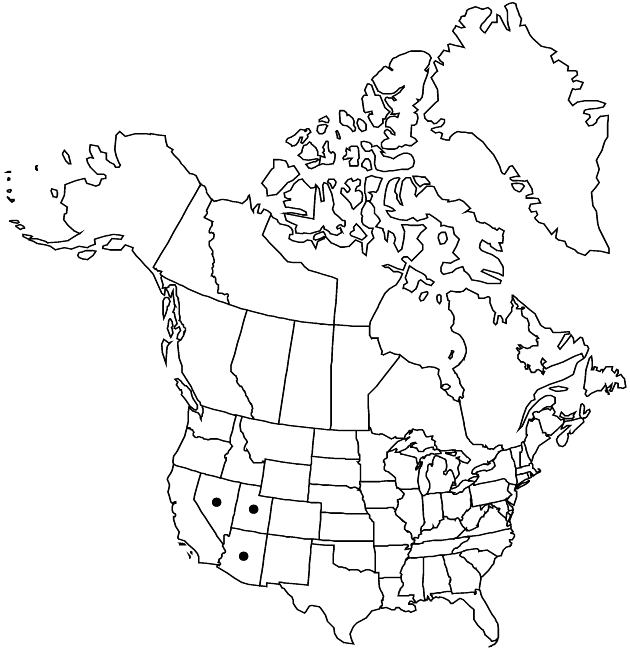Difference between revisions of "Ericameria watsonii"
Phytologia 68: 152. 1990.
FNA>Volume Importer |
imported>Volume Importer |
||
| (2 intermediate revisions by 2 users not shown) | |||
| Line 8: | Line 8: | ||
}} | }} | ||
|common_names=Watson’s goldenbush | |common_names=Watson’s goldenbush | ||
| + | |special_status={{Treatment/ID/Special_status | ||
| + | |code=E | ||
| + | |label=Endemic | ||
| + | }} | ||
|basionyms={{Treatment/ID/Basionym | |basionyms={{Treatment/ID/Basionym | ||
|name=Haplopappus watsonii | |name=Haplopappus watsonii | ||
| Line 51: | Line 55: | ||
|publication title=Phytologia | |publication title=Phytologia | ||
|publication year=1990 | |publication year=1990 | ||
| − | |special status= | + | |special status=Endemic |
| − | |source xml=https:// | + | |source xml=https://bitbucket.org/aafc-mbb/fna-data-curation/src/2e0870ddd59836b60bcf96646a41e87ea5a5943a/coarse_grained_fna_xml/V19-20-21/V20_147.xml |
|tribe=Asteraceae tribe Astereae | |tribe=Asteraceae tribe Astereae | ||
|genus=Ericameria | |genus=Ericameria | ||
Latest revision as of 20:00, 5 November 2020
Plants 5–40 cm. Stems erect to spreading (close to the ground), green when young, becoming pale reddish brown, highly branched, coarsely long-stipitate-glandular. Leaves (crowded) ascending; blades elliptic to oblanceolate, 10–25 × 3–8 mm, midnerves evident (1–2 fainter, collateral nerves often present), (margins undulate) apices acute, apiculate, faces long-stipitate-glandular; fascicles usually absent, (sometimes of 1–3 reduced leaves). Heads usually in cymiform arrays. Peduncles 1–12 mm (bracts 3–20, crowded, leafy, grading into phyllaries). Involucres broadly obconic, 6–8 × 4–7 mm. Phyllaries 25–30 in 3–4 series, green to tan, ovate to oblong, 4–8 × 0.7–1.5 mm, unequal, outer herbaceous or with herbaceous appendages, inner mostly chartaceous, midnerves usually evident, (margins entire, outer often herbaceous, inner scarious) apices acute to acuminate or attenuate, abaxial faces mostly stipitate-glandular. Ray florets 4–8; laminae elliptic, 6–9 × 1–2 mm. Disc florets 12–22; corollas 5.5–6.5 mm. Cypselae tan to brown, narrowly turbinate, 3–4.5 mm (usually 5-ribbed), moderately sericeous; pappi tan, 4–5.5 mm. 2n = 18.
Phenology: Flowering late summer–fall.
Habitat: Rock outcrops, desert scrub, pinyon-juniper, ponderosa pine communities
Elevation: 1300–3400 m
Distribution

Ariz., Nev., Utah.
Discussion
Selected References
None.